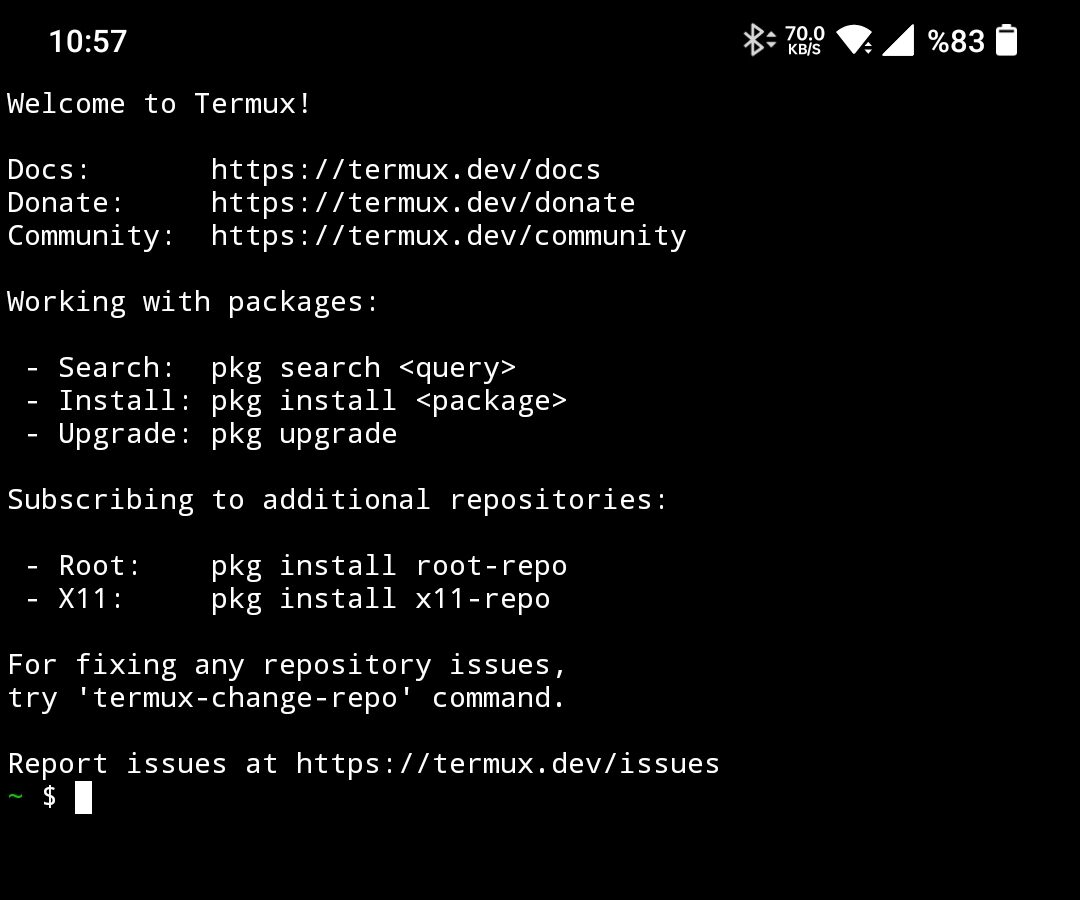Using Ctrl keys
Ctrl + a : move to the beginning of line.
Ctrl + d : if you’ve type something, Ctrl + d deletes the character under the cursor, else, it escapes the current shell.
Ctrl + e : move to the end of line.
Ctrl + k : delete all text from the cursor to the end of line.
Ctrl + l : equivalent to clear.
Ctrl + n : same as Down arrow.
Ctrl + p : same as Up arrow.
Ctrl + q : to resume output to terminal after Ctrl + s.
Ctrl + r : begins a backward search through command history.(keep pressing Ctrl + r to move backward)
Ctrl + s : to stop output to terminal.
Ctrl + t : transpose the character before the cursor with the one under the cursor, press Esc + t to transposes the two words before the cursor.
Ctrl + u : cut the line before the cursor; then Ctrl + y paste it
Ctrl + w : cut the word before the cursor; then Ctrl + y paste it
Ctrl + x + backspace : delete all text from the beginning of line to the cursor.
Ctrl + x + Ctrl + e : launch editor defined by $EDITOR to input your command. Useful for multi-line commands.
Ctrl + z : stop current running process and keep it in background. You can use `fg` to continue the process in the foreground, or `bg` to continue the process in the background.
Ctrl + _ : undo typing.
Change Case
Esc + u
# converts text from cursor to the end of the word to uppercase.
Esc + l
# converts text from cursor to the end of the word to lowercase.
Esc + c
# converts letter under the cursor to uppercase, rest of the word to lowercase.


